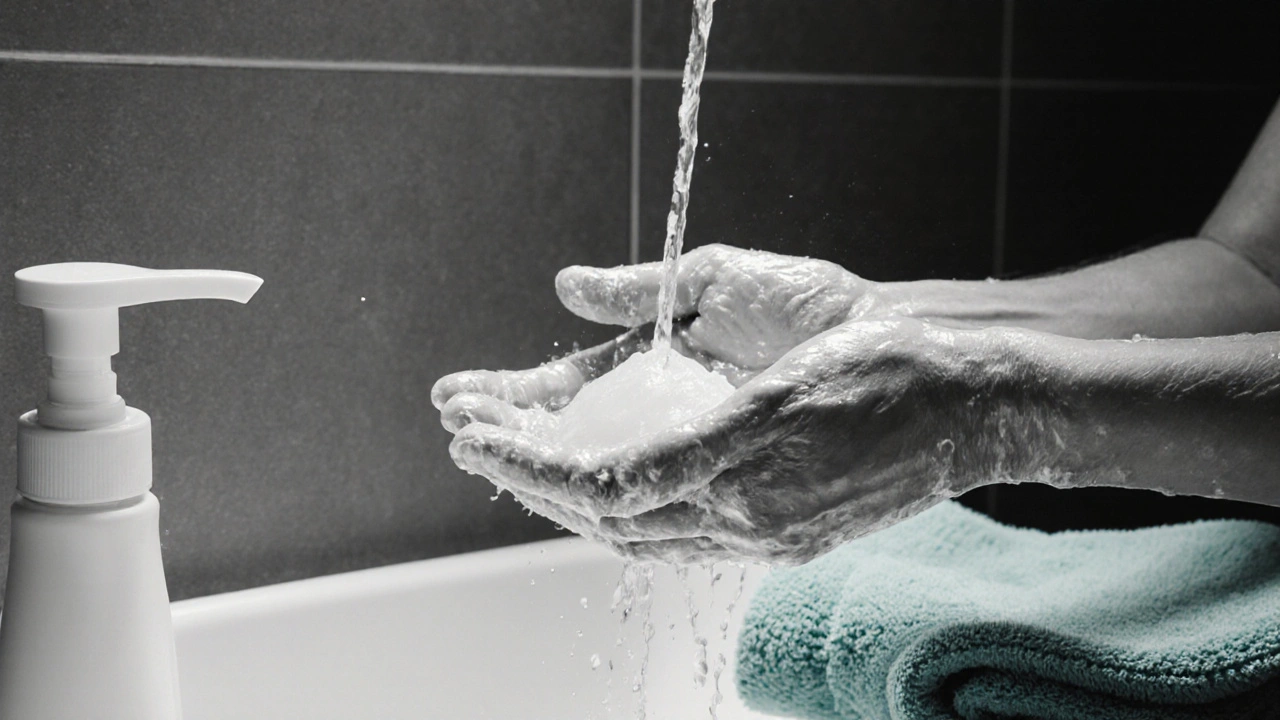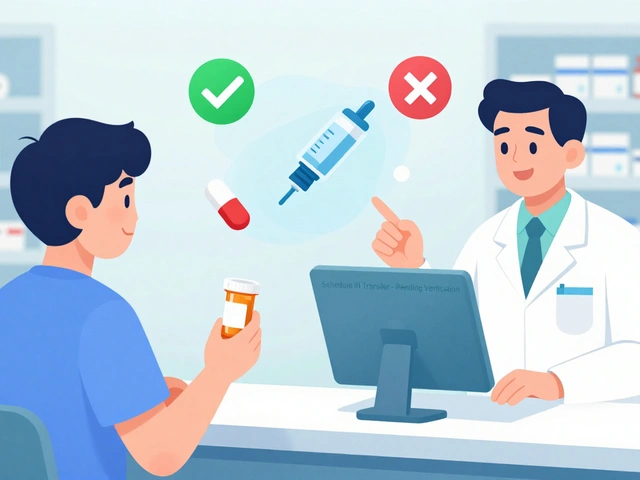Incontinence Hygiene: Practical Care Tips and Products You Need
When you’re dealing with incontinence hygiene, the daily practices and products used to maintain cleanliness and skin health when managing urinary or fecal leakage. Also known as bladder control care, it’s not just about changing pads or diapers—it’s about preventing infections, rashes, and long-term skin damage. Many people assume it’s just a matter of using absorbent products, but without proper hygiene, even the best products can lead to irritation, odor, and serious skin breakdown.
Incontinence products, including adult diapers, pads, and protective undergarments designed for absorbency and comfort are only one part of the equation. The real key is how often you change them, what you clean with, and how you dry the skin afterward. Moisture is the enemy. Leaving wet skin exposed—even for a few hours—can cause redness, itching, and fungal infections like candidiasis. That’s why gentle, pH-balanced cleansers and barrier creams are just as important as the absorbent layer. People who manage incontinence at home often overlook simple steps like air-drying for 10 minutes after cleaning or using alcohol-free wipes. These small habits make a huge difference in comfort and long-term skin health.
Skin care for incontinence, a focused routine to protect and repair skin exposed to frequent moisture and waste isn’t optional—it’s medical necessity. Zinc oxide creams, petroleum-based ointments, and specialized barrier sprays form a shield against enzymes in urine and stool that break down skin. You don’t need expensive brands; many drugstore options work just as well. And don’t skip the basics: wash hands before and after changing, use clean towels, and avoid scented soaps that can sting sensitive skin. For those in long-term care or with limited mobility, caregivers need clear routines—not guesswork.
What you’ll find in this collection isn’t theory—it’s real advice from people who live with this every day. You’ll see comparisons of top incontinence products, step-by-step cleaning routines that actually work, and how to spot early signs of skin damage before it turns into an open wound. There’s also guidance on choosing the right absorbency level, avoiding leaks at night, and managing odor without harsh chemicals. No fluff. No jargon. Just what you need to stay dry, healthy, and confident.
Learn practical incontinence hygiene tips, from product choices and daily skin-care routines to travel hacks and medical red flags, to stay clean and fresh.



